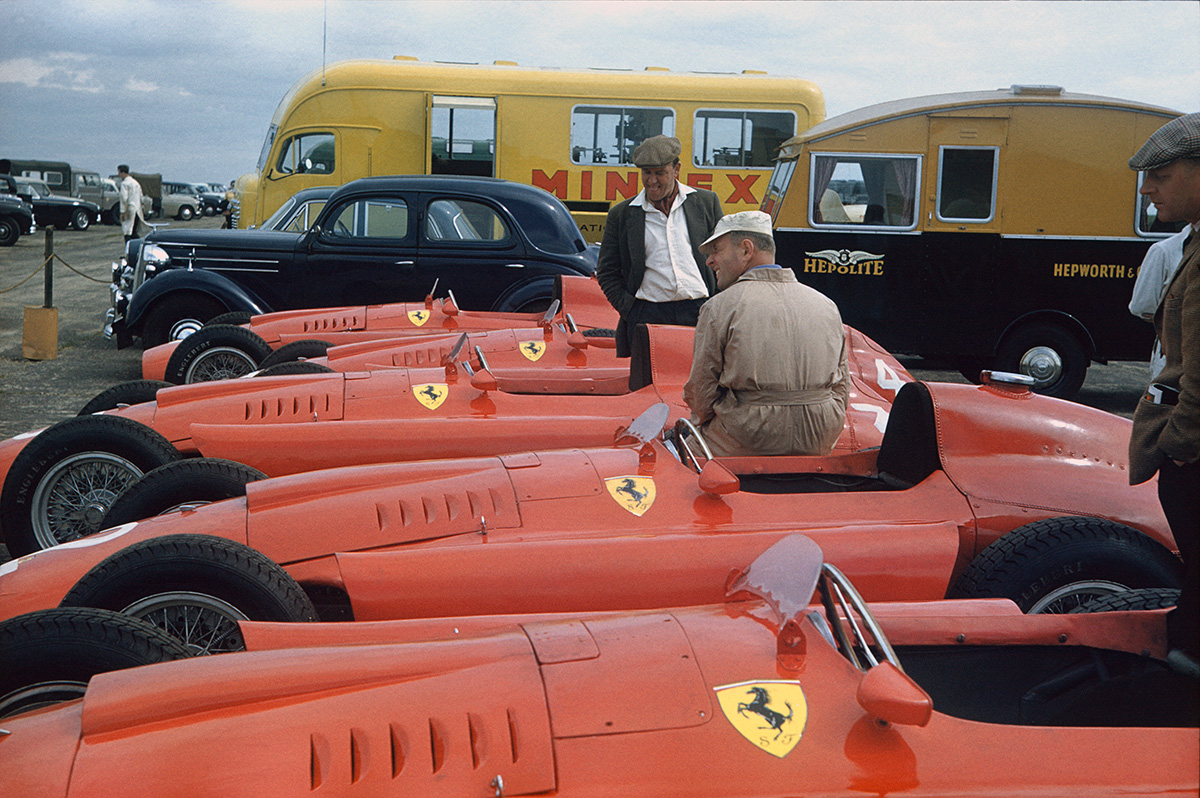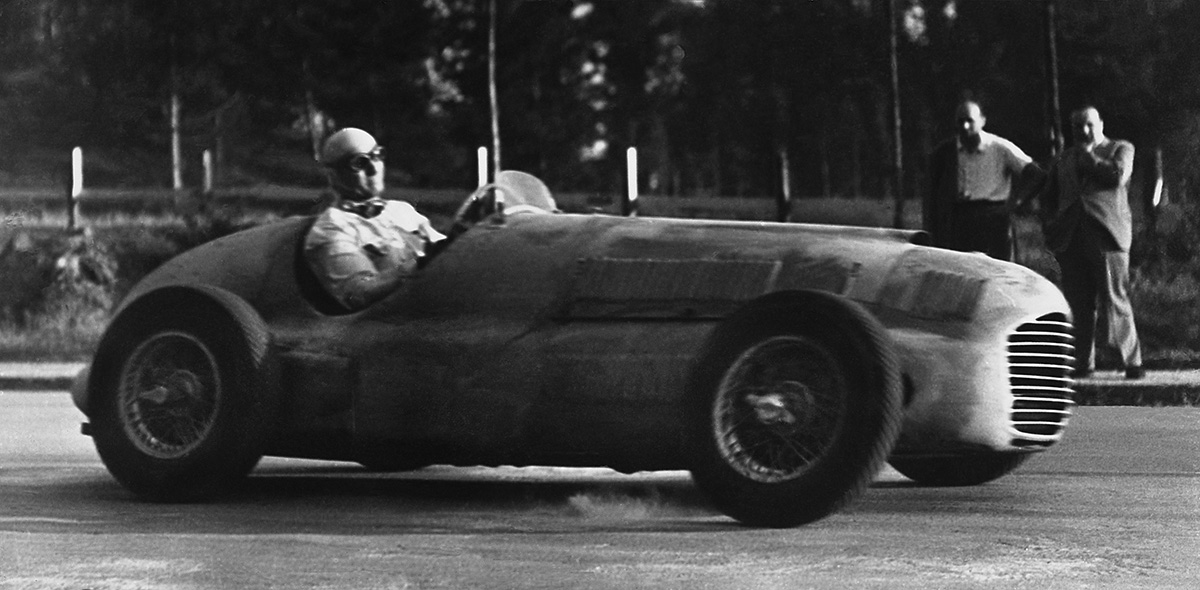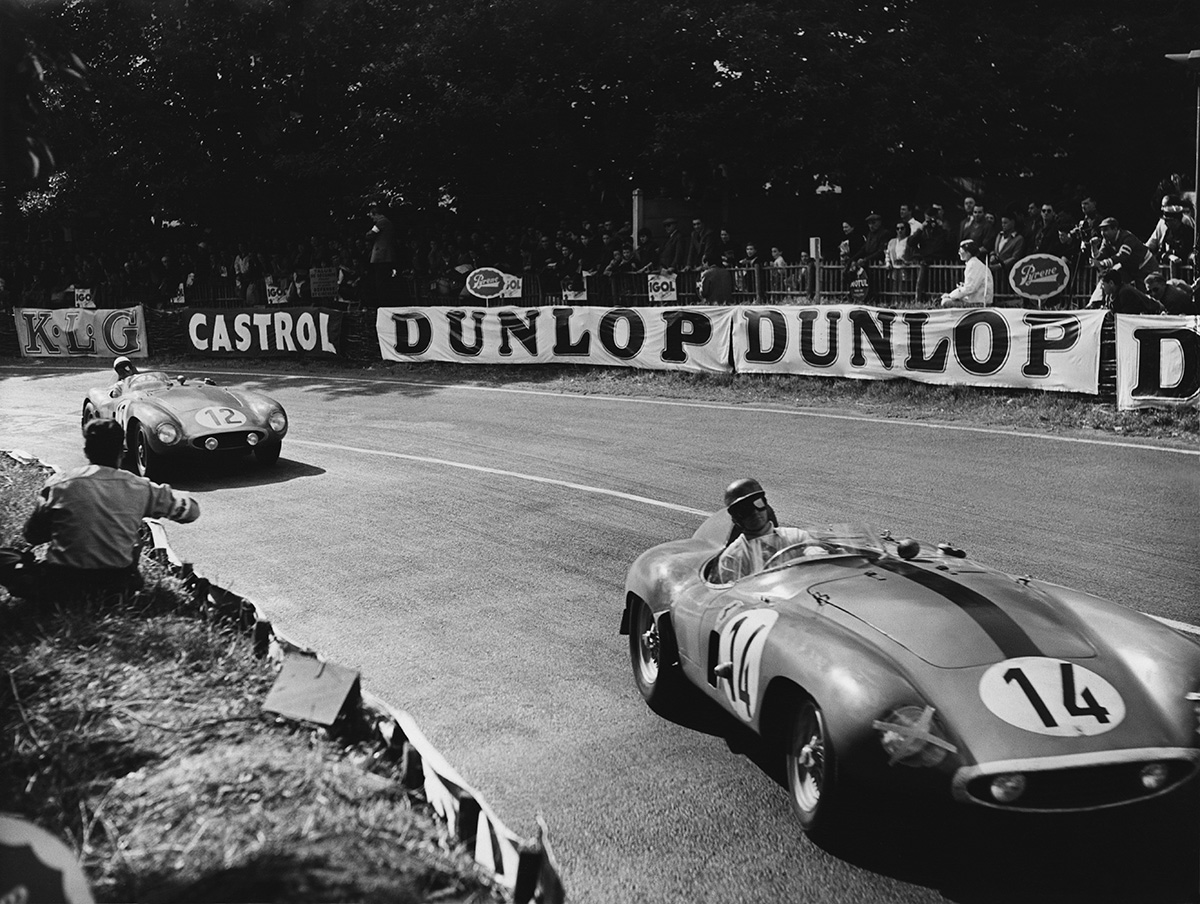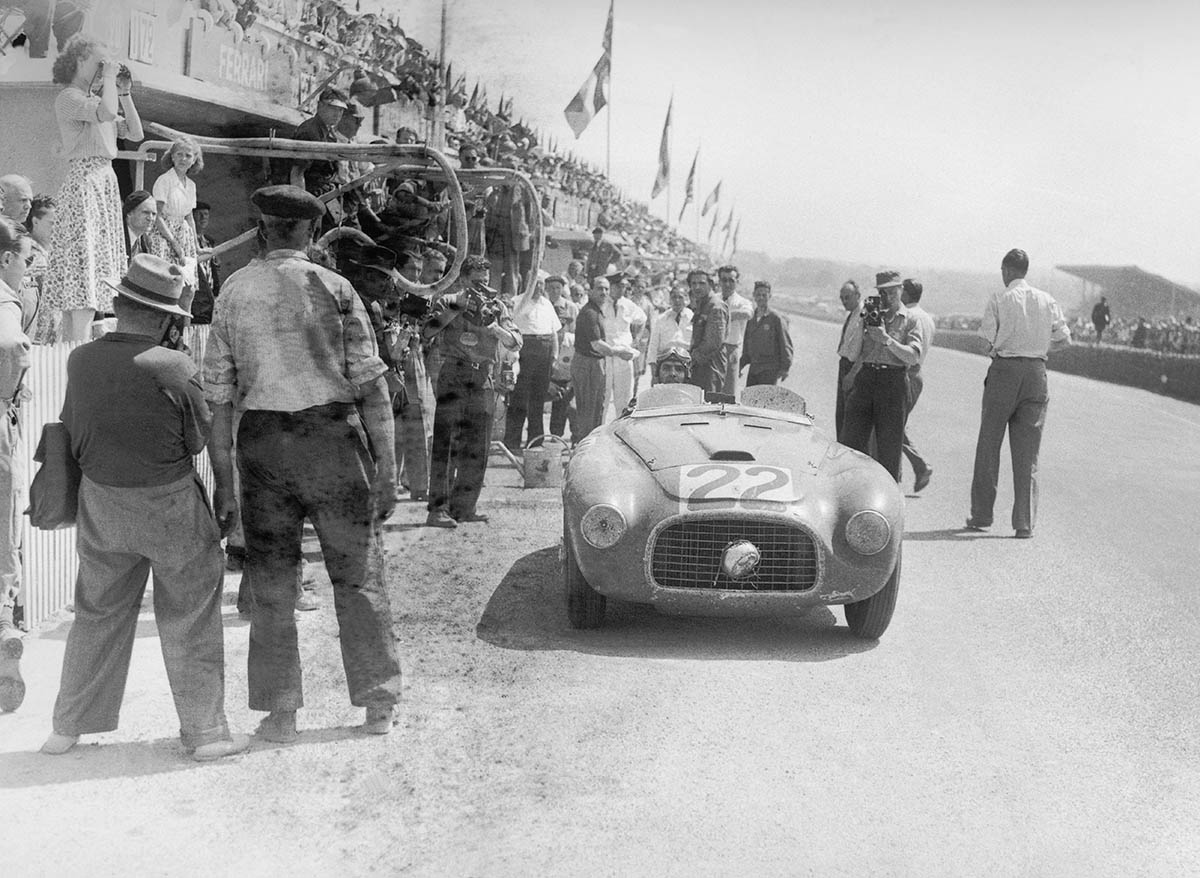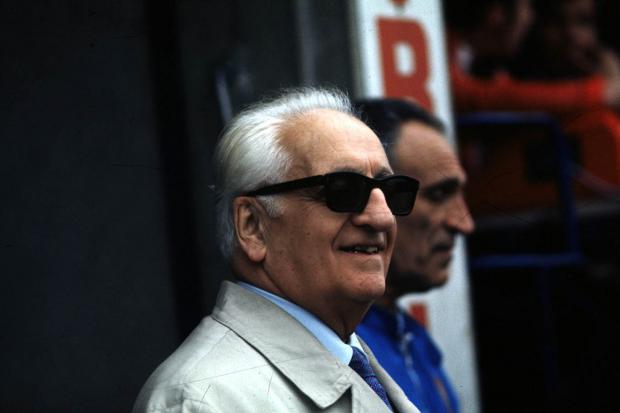
Enzo Ferrari was a man who, more than almost any of his contemporaries, embodied the spirit of competition. His passion was winning, and he devoted his life to achieving success on the track, showing little interest in the road cars that would be his greatest legacy. Behind the dark glasses lay a man of mystery, who could be ruthless with his enemies and almost more so with his own drivers, yet also felt their loss very deeply.
Il Commendatore was more complex a man than the machines that brought him glory on the circuit, who shunned the limelight and who has become a figure of fascination for many.
Copyright LAT
Enzo Ferrari leads John Cooper, Raymond Mays, Colin Chapman and Lofty England in complaint at the 1960 Italian Grand Prix at Monza. They collectively argued that the banking – which had been reinstated by the organisers to capitalise on the Ferrari’s superior straight-line speed – was too dangerous.
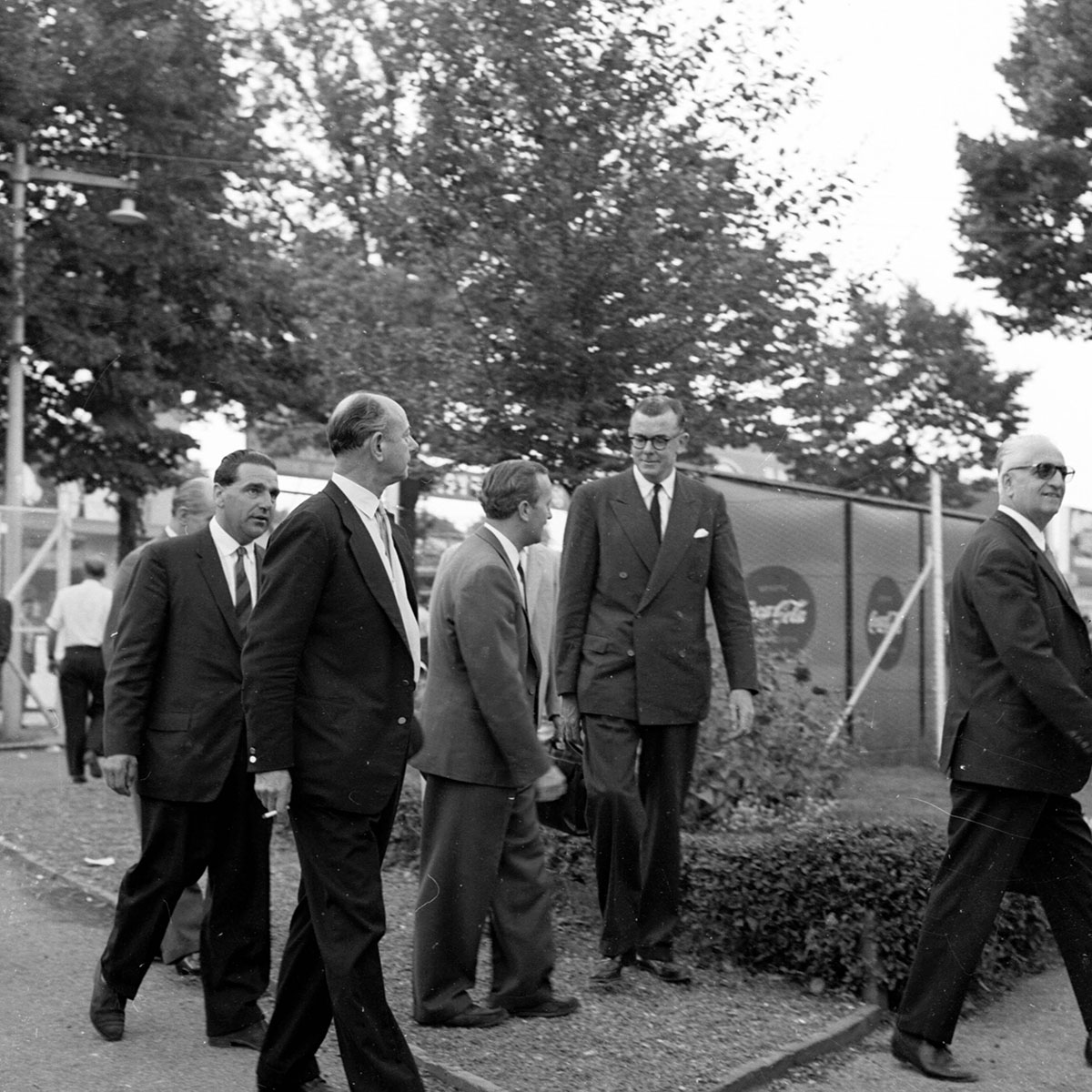
Ferrari’s private life was almost as exciting as action on the track, as he divided his time between his wife and his mistress. His double life continued until the death of his wife, Laura, who is pictured here in 1961 awarding the British Grand Prix trophy to Wolfgang von Trips.
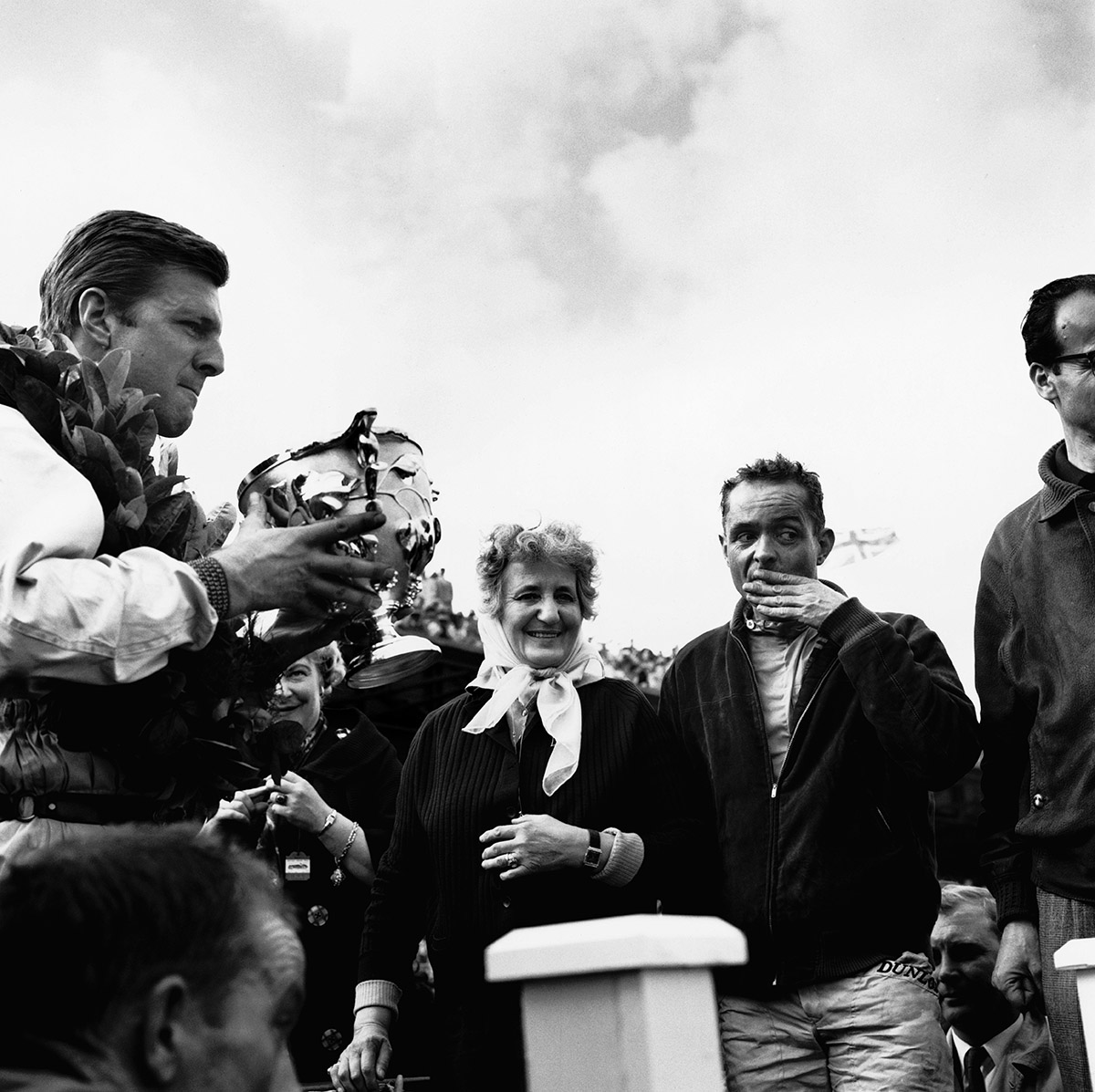
Of all the Formula One Grands Prix, Monza was most highly-prized by Ferrari, though his enthusiasm waned following the death of Lorenzo Bandini in 1967. John Surtees (pictured) drove for Ferrari for four years, retiring at Monza on every occasion but one – 1964, when he took victory on the way to his sole Formula One World Championship.
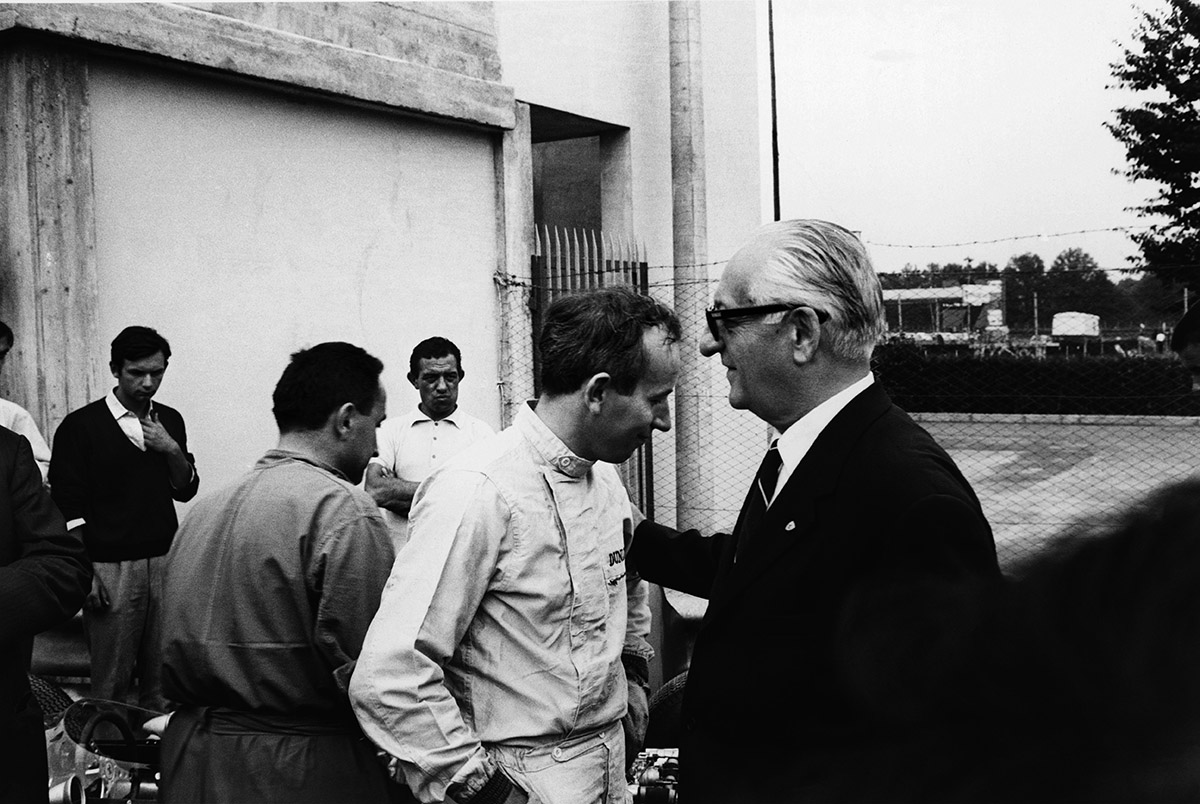
Competition had been Ferrari’s first love from the age of 10, and he always kept a close eye on his cars’ development. He was pictured in The Motor in 1967, overseeing testing of the new car following the Bandini’s death at Monaco. Jim Clark dominated that year, with Ferraris failing to win a single race.
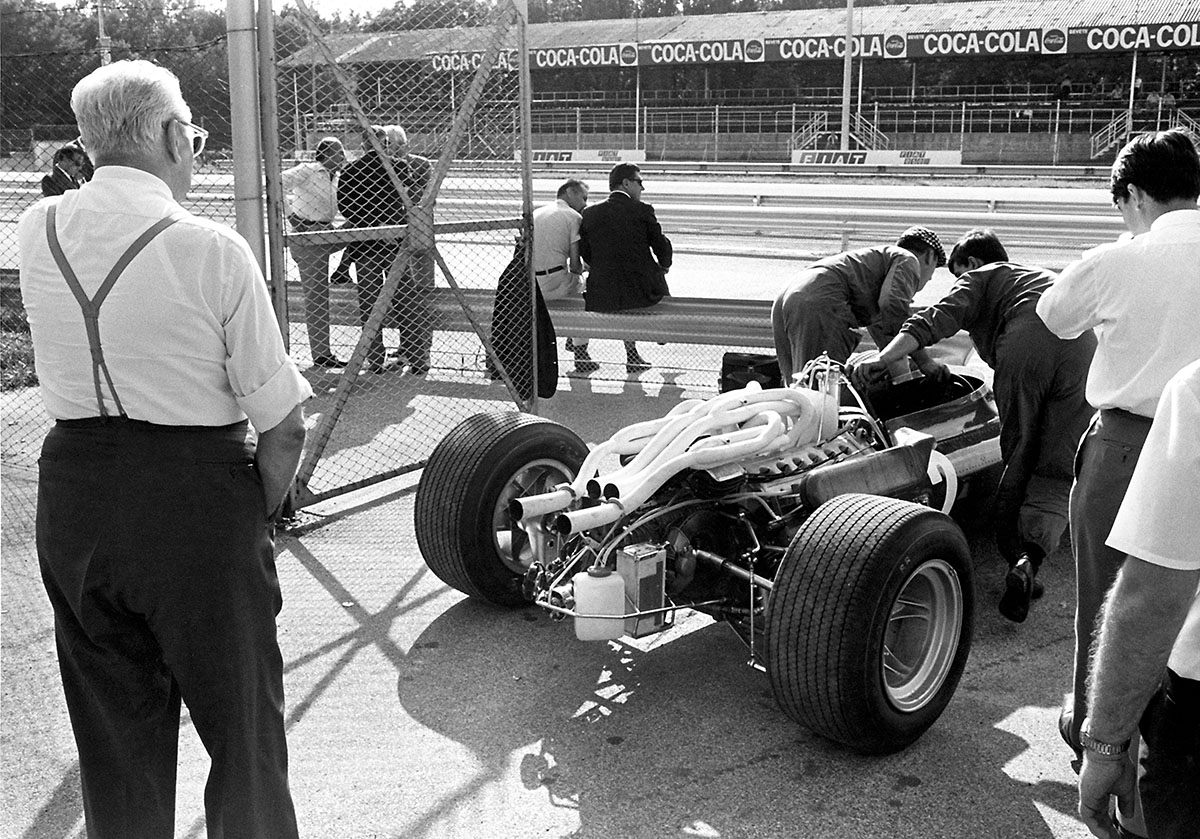
Even as he grew older, Ferrari’s passion for winning was clear to see. He is photographed at the team’s Fiorano test track in 1974. Niki Lauda tests the 312T for the first time, watched on by teammate Clay Regazzoni.
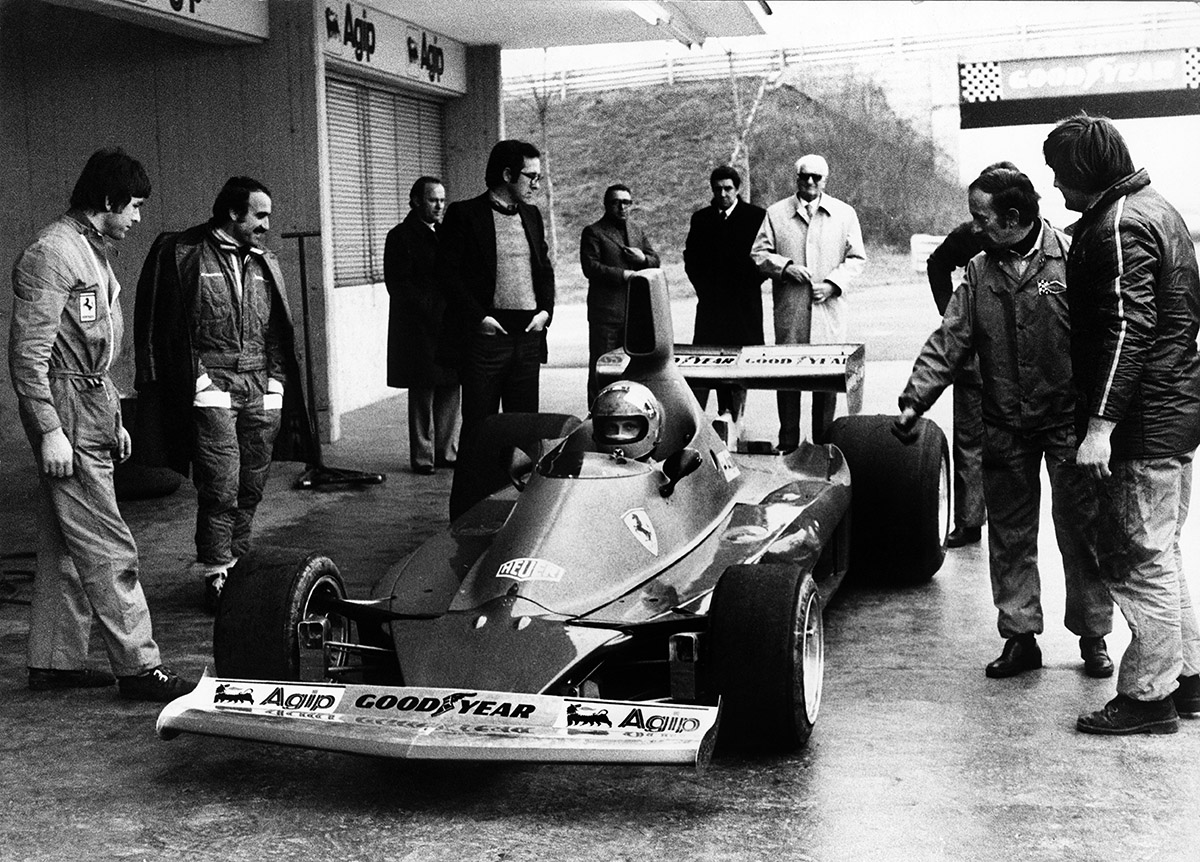
Il Commendatore had a rather rocky relationship with many of his drivers – especially those who weren’t Italian. He openly encouraged competition between them, once proclaiming “an insecure racing driver is a fast racing driver”. Here, he welcomes Didier Pironi, as Gilles and Joann Villeneuve look on.
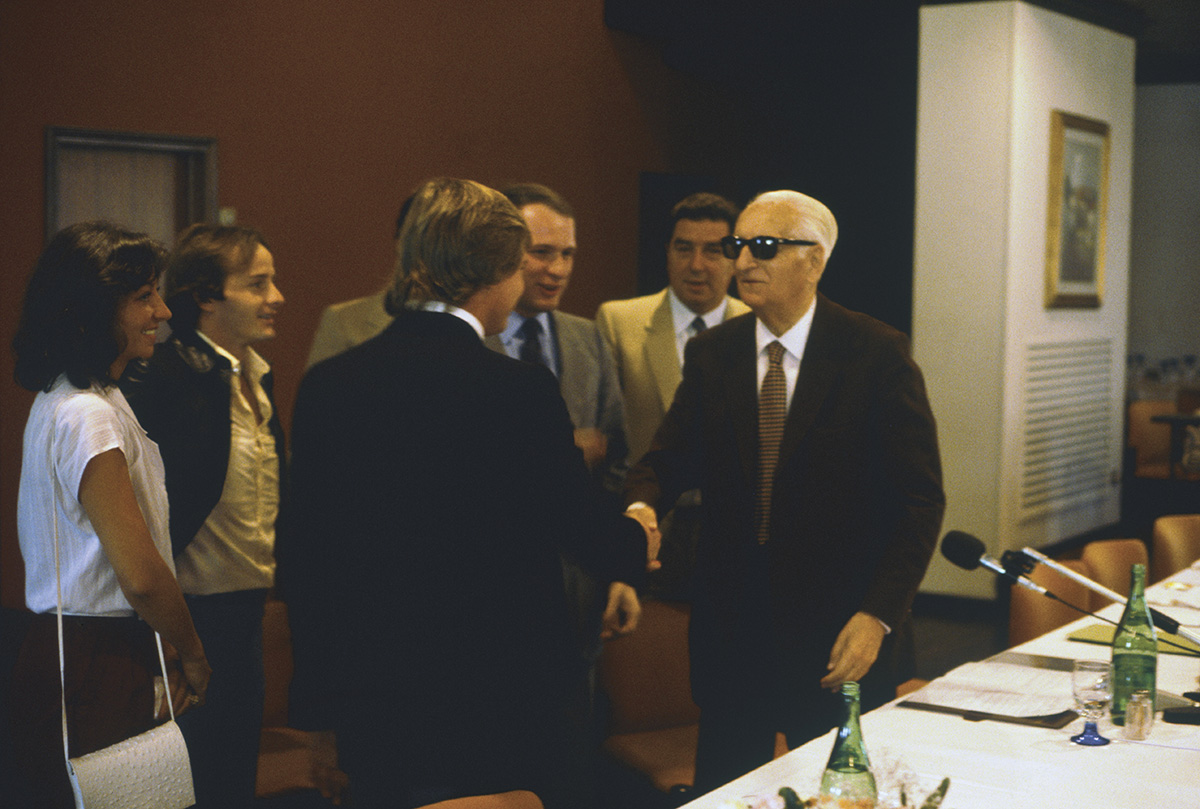
The fascination with Enzo Ferrari lasts to this day, to the extent that his office in Maranello has been preserved as a place of pilgrimage for Tifosi.
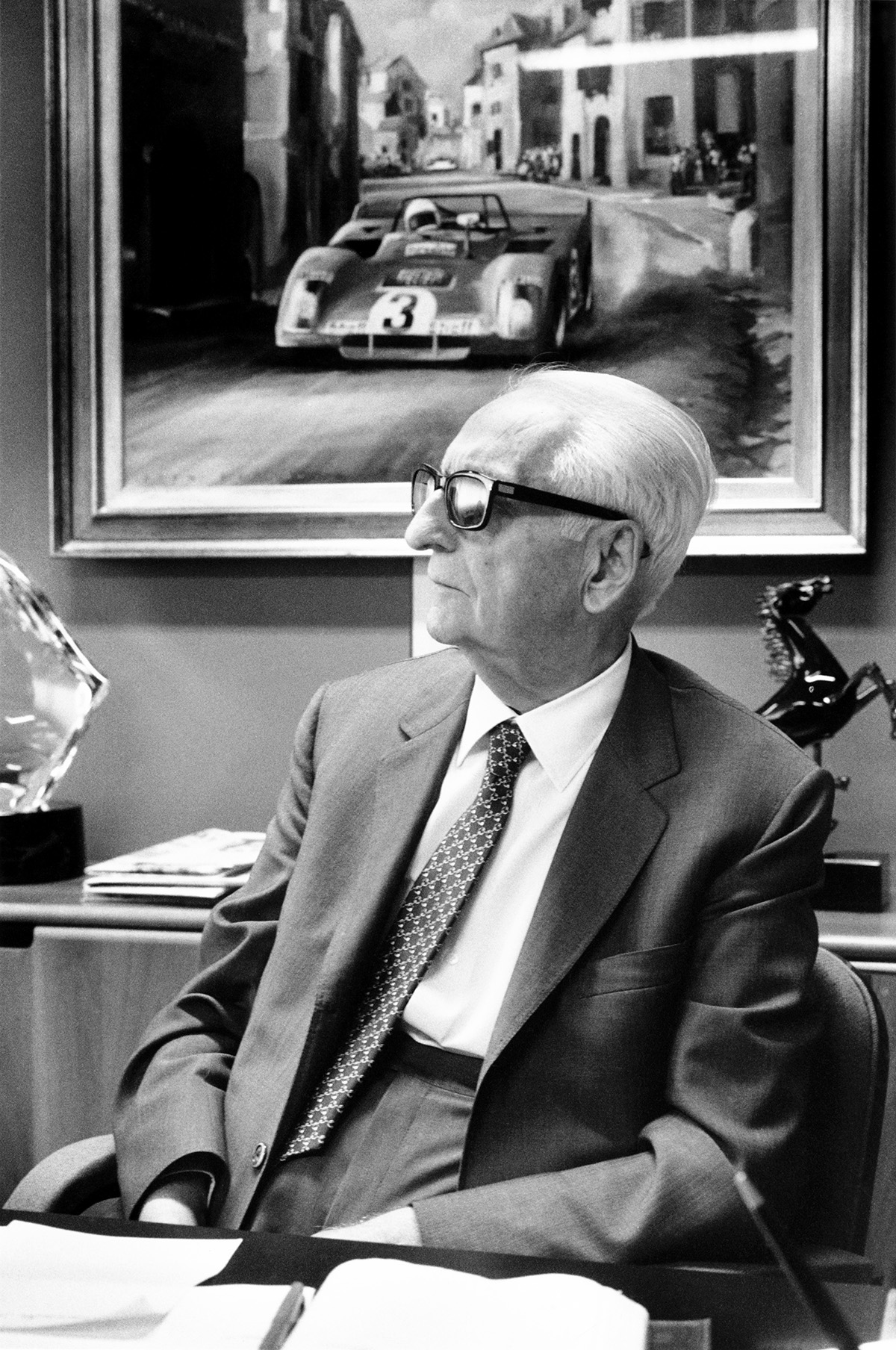
Though he is best remembered for his close association with Formula One, some of the team’s greatest victories came in endurance racing, including winning six Le Mans titles in a row from 1960-’65. Olivier Gendebien and Paul Frere delivered the first in this series of wins at La Sarthe while driving a 250 Testa Rossa.
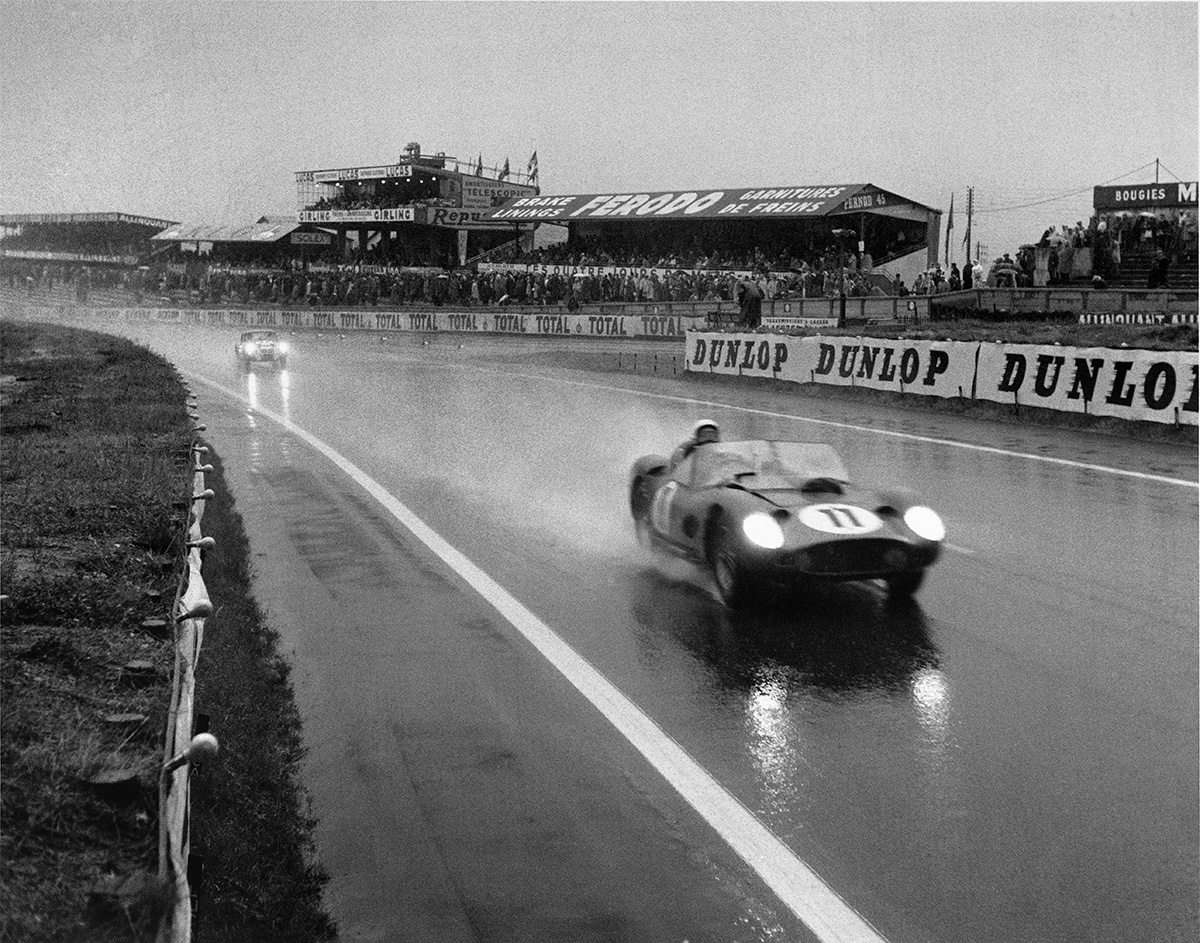
All of Ferrari’s racing cars were adorned with the prancing horse, which was the symbol that adorned Italian WW1 fighter ace Count Francesco Baracca’s aircraft. His parents were close friends with Enzo, and requested that he continue his tradition of sportsmanship and gallantry; the pilot frequently visited his victims in hospital after shooting them out of the sky.

